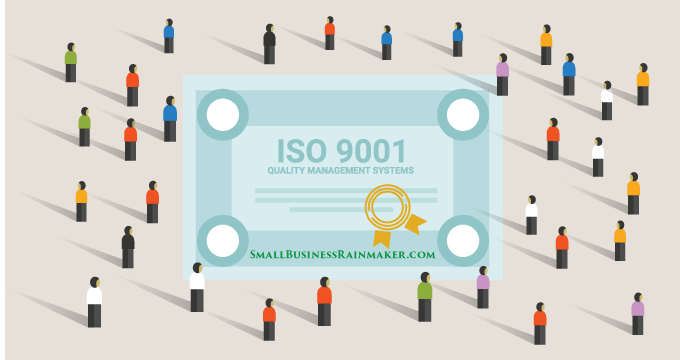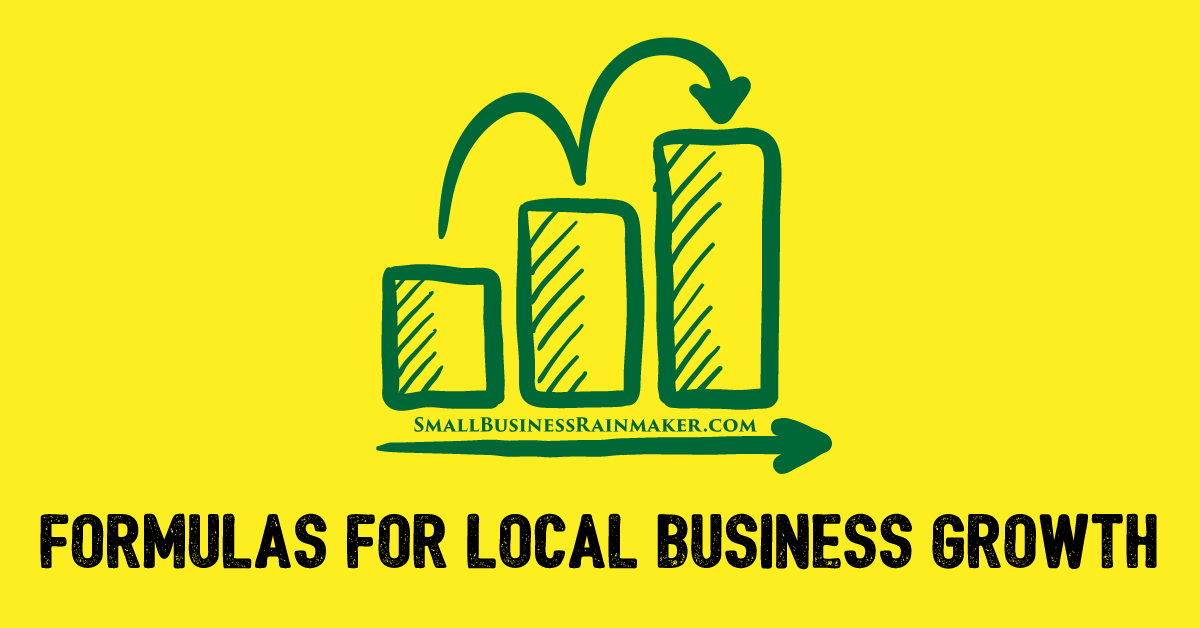
Improving product quality is one of the most important things for achieving long term sales growth and profitability. And though increasing quality of products is not an easy task, it rewards businesses with increased revenue and reduced costs.
According to the World Quality Report by Sogeti, 2018 was the first year in which software testing companies focused mainly on achieving end-user satisfaction.
Businesses seeking to improve product quality need to embed quality practices in their routine processes. So rather than just an afterthought, quality has to be intrinsic to companies’ performance and daily operations management. While quality experts have given different definitions of quality, a lot of them have similar principles in mind.
Defining and Improving Product Quality
So let’s see how we can define and improve product quality based on these principles.
Understand What Quality Is
Based on the observations, definitions and explanations offered by the world’s renowned quality experts, we can divide the definition of quality in two categories.
On one hand, quality is concerned with satisfying a set of predetermined specifications. According to this definition, manufacturers or service providers achieve quality by creating products whose characteristics satisfy a set of numerically defined specifications.
On the other hand, quality can be all about satisfying your customers. Achieving customer satisfaction implies using a set of measurable characteristics. The quality of a product is determined on the basis of whether it satisfies customers’ expectations in terms of consumption and use. Clearly, it’s best for businesses to concentrate on using a combination of these two definitions. By doing so, you will ensure your products meet the requirements and satisfy customers’ needs simultaneously.
Build a Solid Product Strategy
To stand out in a sea of countless new products, you need to devise a brilliant product strategy. Conceptualizing a product from scratch is difficult, but only if you lack ideas. And because so many solutions already exist, you will have to create something unique. Find inspiration by talking to your users and prospects.
After learning what your prospects need, it’s important to develop a high-level product vision. This will allow you and your team to employ a more strategic approach toward product development.
Consequently, having a clear product vision will let you think about product goals. The goals will serve as KPIs and by prioritizing them, you will be able to create plans for product functionality, features, etc.
After determining the goals, you will need to translate them into clear details so you can prioritize your product roadmap. When you have a clear strategy and a logical product roadmap, you can compare it to your initial product vision. After reviewing your vision, adjust the product roadmap and do it on a regular basis.
Implement a Quality Management System (QMS)

While it is important to conceptualize, envision and create a roadmap for the product, these steps alone will not determine the quality of the product by default. A quality management system (QMS) such as ISO 9001 is a set of internal rules that will determine how a business will create and deliver their products or services.
Implementing a QMS will allow you to audit your processes yourself along with a certification body. Since a quality management system is based on the 7 strict principles of quality, your customers will not have to audit your business themselves. ISO 9001 is an internationally recognized standard that provides quality assurance, which is essential if you are looking to increase the quality of your products.
By complying with the standard, you improve your business’s credibility and image but most importantly, you will enhance customer satisfaction levels. One of the ISO 9001 requirements is to constantly improve customer satisfaction by meeting customer needs. This, along with other requirements of the QMS, such as better process integration or improving evidence for decision making, will condition you and your teammates to only strive for quality.
Make Quality a Part of Your Company Culture
Implementing a QMS is important, but it is not enough to just appear compliant. These quality principles need to be embedded firmly across your entire organization. The entire team needs to be on the same page when it comes to what constitutes a quality product.
For some, it is a low-cost product while for others it is a cutting-edge solution. Regardless of what you agree on, have your managers constantly reinforce the idea. This is how you will get everyone on board with your vision of quality.
To create products according to your quality specifications, management needs to let employees be part of the development process. If an employee doesn’t feel like they have a say in a project, they will most likely ignore the need to give you any feedback. And you need this feedback because your employees are directly connected to production. Let employees speak freely on straying from the product roadmap or quality requirements.
You have to give your employees exactly the right amount of guidance during product development. If you micromanage them too much, they will lose the capacity for creativity. If you are too loose, they will be unclear about their authority to make independent decisions. Allow your employees to observe the business processes and organize meetings where they suggest improvements.
Perform Product and Market Testing
It is highly important to analyze and test your product prior to launch. Chances are you will need to fix errors, add features and adjust the functionalities so the product meets the needs and requirements of consumers. You will need to test the product through beta testing, as well as test how consumers react to it via market testing.
Beta testing will allow you to meet the promised user experience and ensure all product components including quality perform as initially intended. Product testing will also allow you to see how your product performs in the real world vs. its performance in a controlled environment. You will test your product for usability, support, and marketing so you can measure customer validation and enhance product quality accordingly.
Market research will help you understand the demand for and acceptance of your product, allowing you to achieve higher accuracy during a full product launch. By performing market tests, you will be able to streamline distribution, production, and support systems for your product. Additionally, you will be able to mitigate investment risks and make changes to the marketing of the product as well as the product itself.
Always Strive for Quality
The number of manufacturers and service providers is growing by the day. Standing out in such a competitive environment can be extremely difficult. However, the majority of their products and services do not offer satisfying levels of quality to their customers. By understanding product quality, you will be able to create more informed decisions about how to develop your product from start to finish.
A lot of experts have different opinions on what constitutes quality. Remember to create a strategy, implement a QMS, embed quality in your culture, and perform regular product and market tests. By doing all of this, you are well on your way toward creating high-quality products that will delight your customers and keep them coming back for more.
 Neb Ciric is a partnerships manager and writer with Advisera, a market leader in helping businesses implement ISO, ITIL, IATF, AS, and OHSAS standards. Neb has several years of experience in web content creation and currently writes about cyber security, quality management, and compliance. Advisera also offers an abundance of free learning courses and materials on their blog.
Neb Ciric is a partnerships manager and writer with Advisera, a market leader in helping businesses implement ISO, ITIL, IATF, AS, and OHSAS standards. Neb has several years of experience in web content creation and currently writes about cyber security, quality management, and compliance. Advisera also offers an abundance of free learning courses and materials on their blog.
















Leave a comment